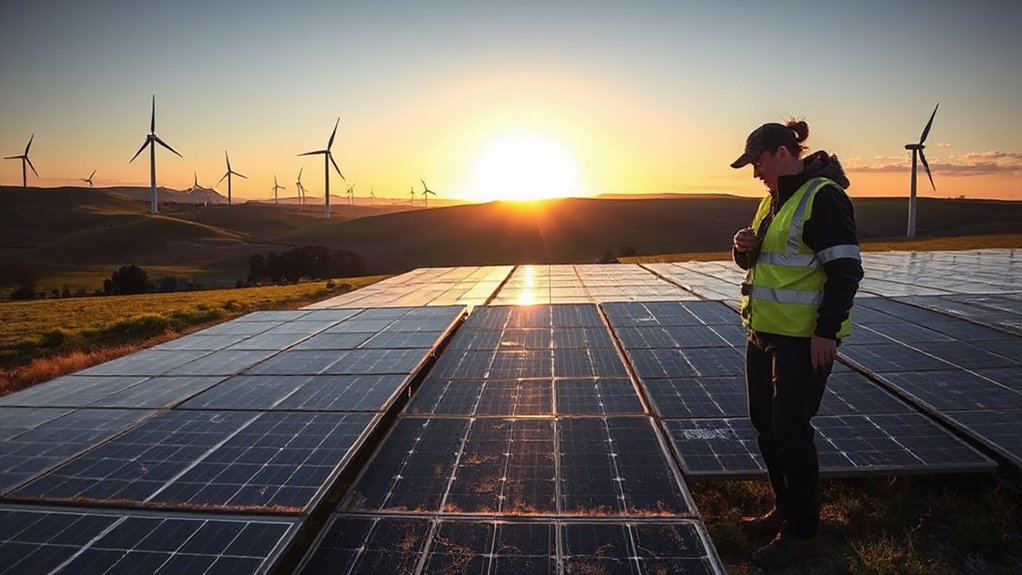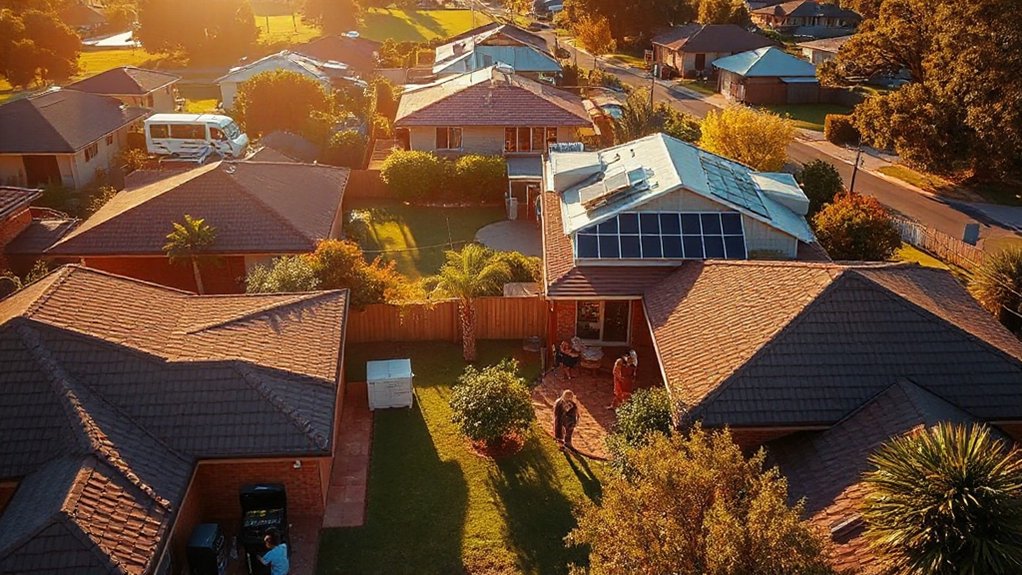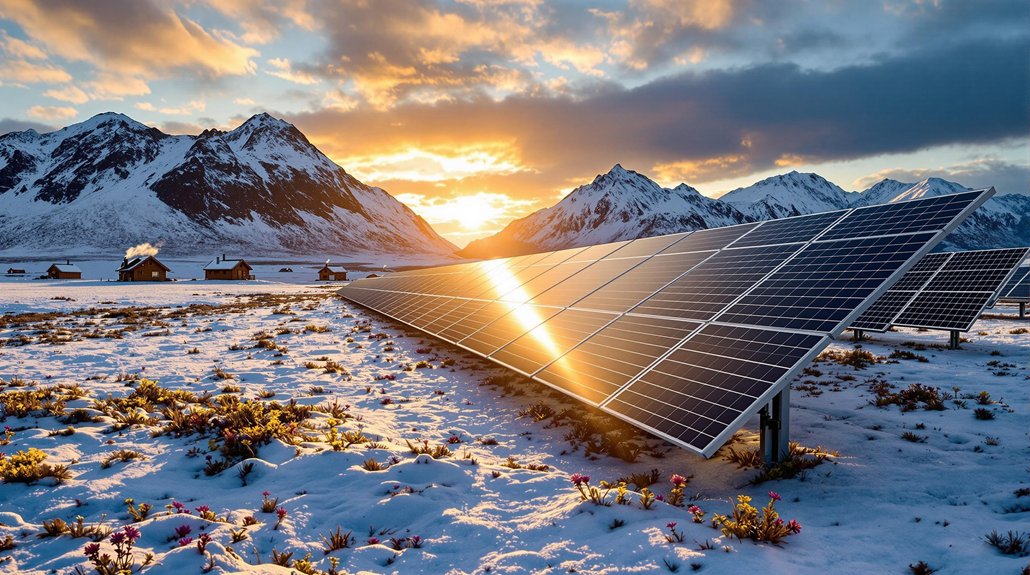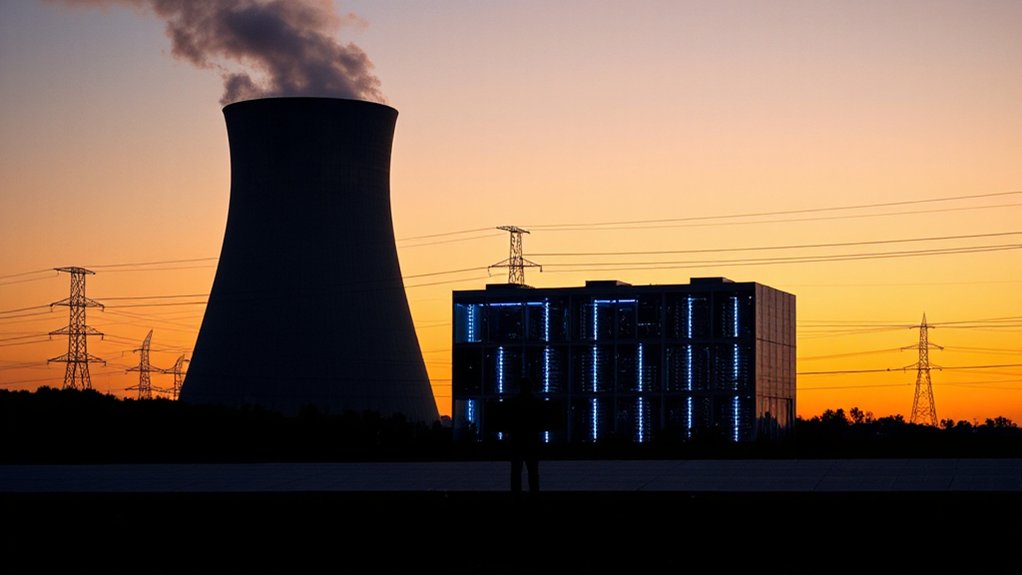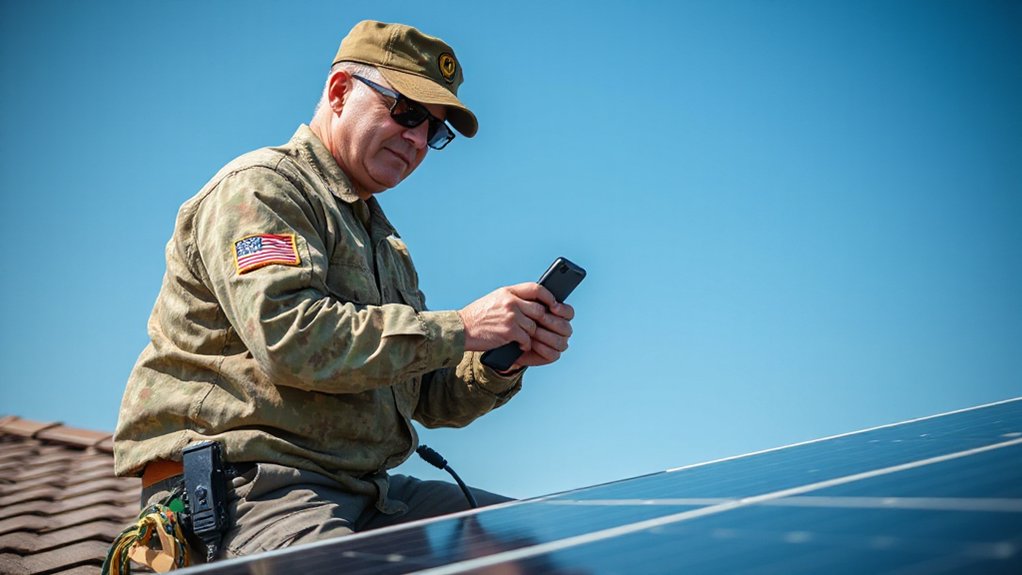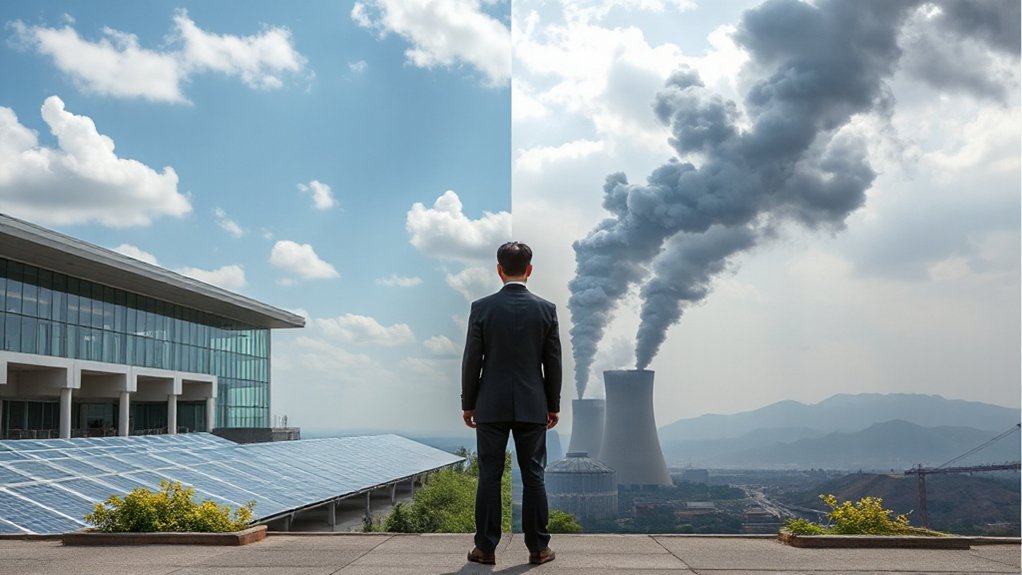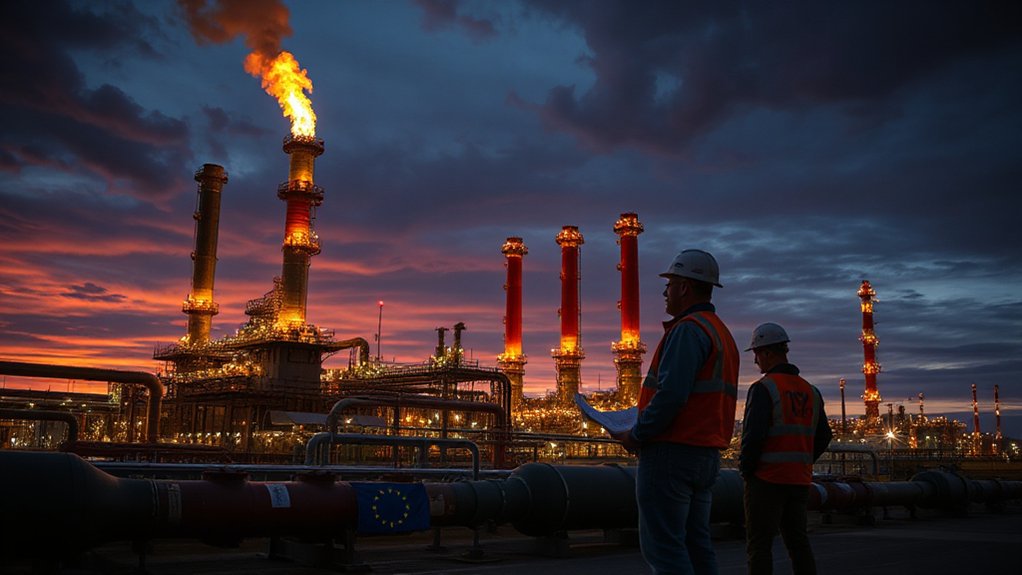Despite years of optimistic projections and flashy commitments, the clean energy shift has hit a wall. The 2025 U.S. tax law rollback slashed clean energy tax credits, sending first-half investments tumbling 18% below 2024 levels. Not exactly the momentum we were promised, is it?
Meanwhile, new foreign entity sourcing rules have everyone scrambling to figure out if their supply chains are too “China-adjacent.” Good luck with that paperwork.
Grid congestion is the elephant in the room nobody wants to talk about. A staggering 1,650 GW of solar and wind capacity—equivalent to six times Germany’s entire capacity—sits helplessly waiting for grid connection globally.
The energy transition’s biggest bottleneck isn’t technology—it’s the aging grid choking on its own success.
Transformers and cables now cost 33% more than in 2022, with delivery times stretching to years instead of months. Try explaining that timeline to your investors.
Speaking of investors, they’re getting cold feet. Capital costs are soaring just as ROI scrutiny tightens. Executives find themselves in a nasty cycle: they need to deploy capital for climate goals, but their balance sheets say “not so fast.”
The math isn’t mathing anymore. Even with $2 trillion poured into clean energy in 2024, emissions still hit record highs. Money well spent? You decide.
It’s not all doom and gloom, though. Renewables still dominated U.S. capacity additions through September 2025, accounting for 93% of new power. With the Department of the Interior’s offshore wind leasing pause, numerous projects face extended timelines and uncertain futures. Recent statistics show cybersecurity threats are increasingly targeting renewable energy infrastructure, compounding existing challenges.
Solar and storage took the lion’s share at 83%. And emerging markets like India and Saudi Arabia are driving over 50% of solar installation growth. They didn’t get the memo about slowing down.
The system is showing its cracks. Permitting delays, regulatory whiplash, and infrastructure that’s stuck in the last century.
The proposed 25% tariffs threaten to make matters worse by adding significant cost increases to electric vehicles and renewable energy technologies, potentially pushing clean energy further out of reach for average households.
The renewable revolution isn’t dead—it’s just learning that success comes with its own set of problems. And those problems need solving fast if green energy is going to deliver on its world-saving promises.
References
- https://www.deloitte.com/us/en/insights/industry/renewable-energy/renewable-energy-industry-outlook.html
- https://rsmus.com/insights/industries/energy/the-top-6-trends-shaping-the-energy-sector.html
- https://www.mckinsey.com/mgi/our-research/the-hard-stuff-2025-taking-stock-of-progress-on-the-physical-challenges-of-the-energy-transition
- https://www.bain.com/insights/energy-agenda-2025-new-challenges-new-innovations/
- https://about.bnef.com/insights/clean-energy/five-energy-transition-lessons-for-2025/
- https://www.weforum.org/press/2025/06/global-energy-transition-gains-ground-but-security-and-capital-challenges-persist/
- https://www.energy.gov/eere/look-ahead-clean-energy-2025
- https://kpmg.com/xx/en/our-insights/esg/energy-transition-investment-outlook-2025-and-beyond.html
- https://www.eia.gov/outlooks/aeo/
